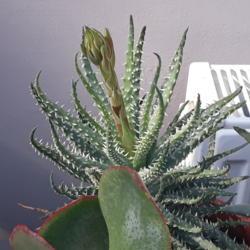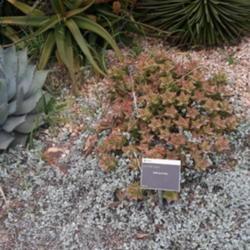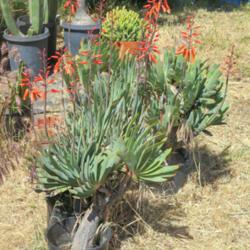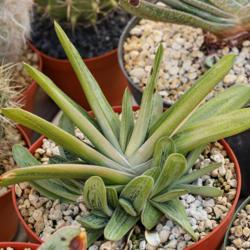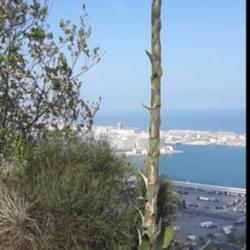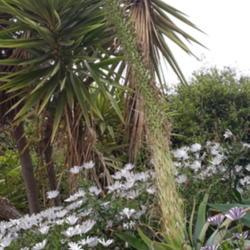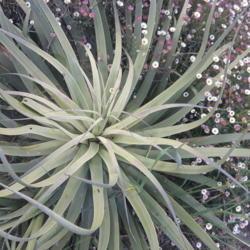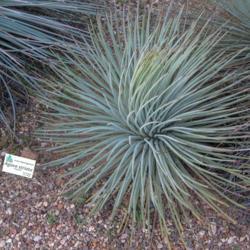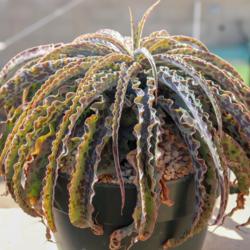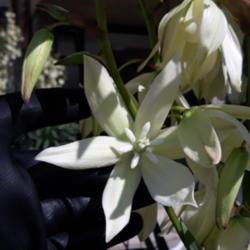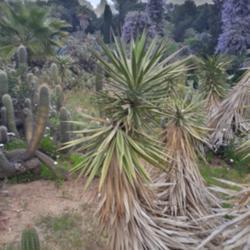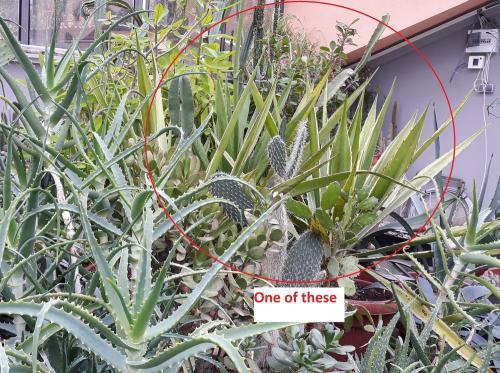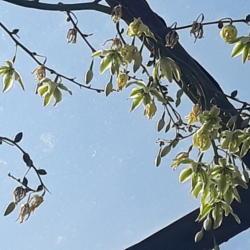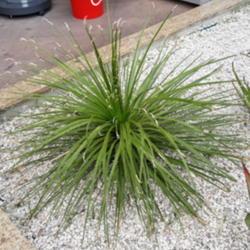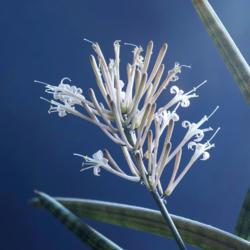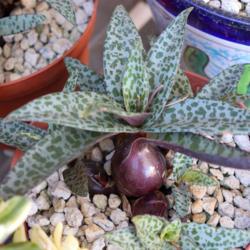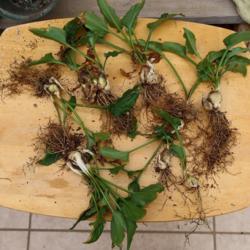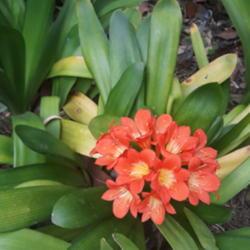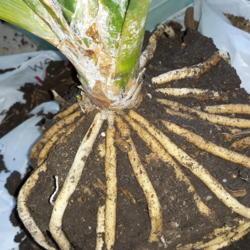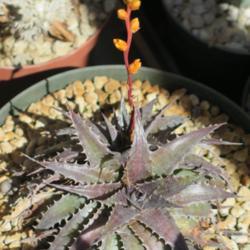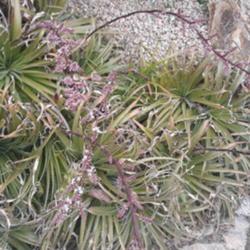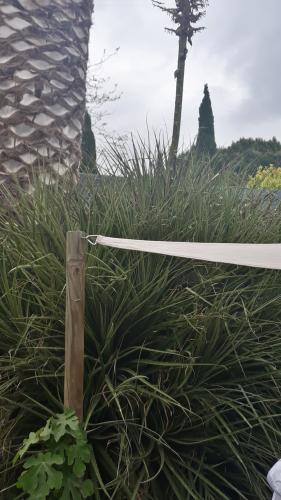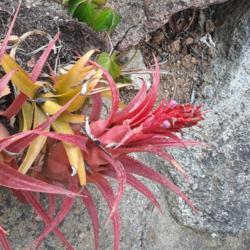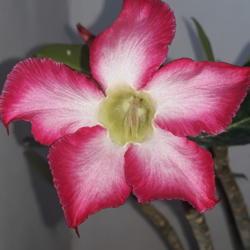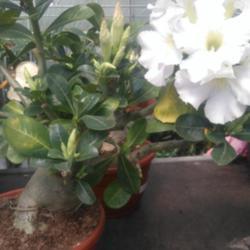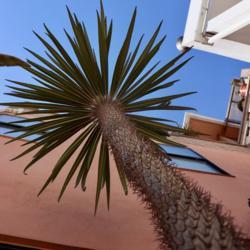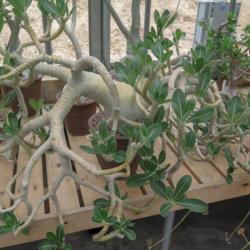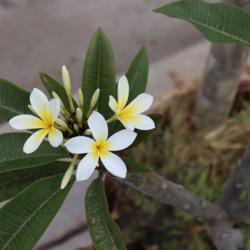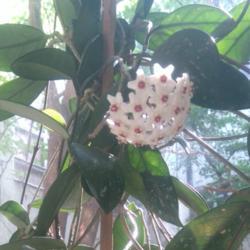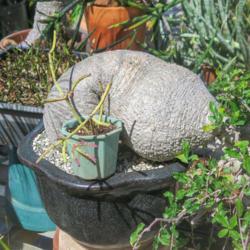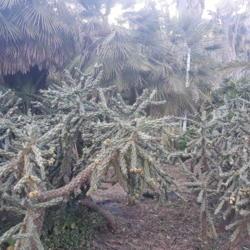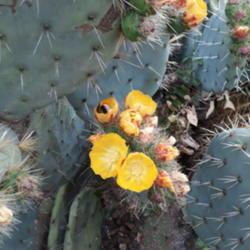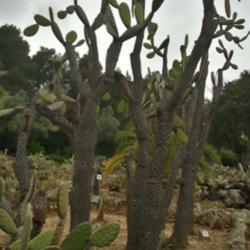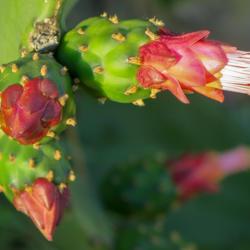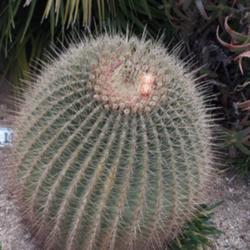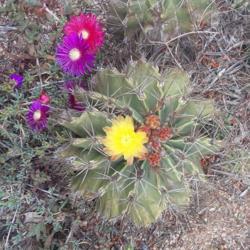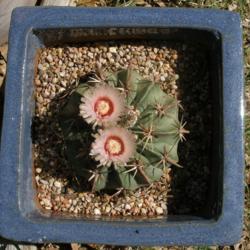Next up would be everyone's favourite and most famous(and usually the most misunderstood) succulent group:Cactacae- THE Cacti. From 1cm/ 0.5 inch buttons to 19m/30 feet giants, possibly having hundreds of branches. Cacti have it all: trees, poles, barrels, vines, creepers, canopy epiphyphtes, dense shrubs, mounds, clumps, spheres, pipes, torches and more! Now, you may think- if a plant is green swollen succulent stem, has some sort of thorns or spines, it would be a cactus by default, right? Well, cacti have one very important feature which sets them apart:areoles which are sort of growth buds and an all in one organ that appears on the plants stem, ribs and tubercules. On these areoles spines can be found, made from modified leaves, and here it branches from and flowers emerge. Cacti come fromt the Americas, bar one species found in Africa
Other plants have modified ligules, sterile peduncles, thorns, leaf remnants or other type of modification involving tubercules. Most of these are Euphorbia and Ceropegia, and a few Kleinia members
The second, also important feature is the flower, only similar to those of Aizoaceae(mesembs)
To start off
This group , despite appareances has a few succulent members, has areoles, and is a cactus. Pereskia is a solitary genus, branching off at the bottom of the Cactaceae tree. Features vines, shrubs or small trees, filled with leaves and spiny areoles. Ones with the least amount of modification, and the most obscure.
https://garden.org/mail/read/1...
The second group, Maihuenia, is rather obscure in cultivation. The genus encompasses a few species of a short stem succulent, covered in leaves and spines, forming mats in the cold areas of patagonia.
The third group, is rather more expanisve, the Opuntiads. This groups main feature is the focus on cladode growth(short section of stem , separated in segments), but not on all plants to an extent , and defining feature are the glochids, small spine like formation that cause severe irritation upon contact.
We have the cylindropuntiads(Cylindropuntieae), with genera having segmented, cylindrical stems. Species are Cylindropuntia, Grusonia, Pereskiopsis and Quiabentia
The main group, Opuntieae , has the following genera: Consolea, Opuntia, Tunilla, Tacinga, Miqueliopuntia . Main feature of this group are flat cladodes, with areoles showing up on the flat sides as well as on the edges(unlike the epiphytes)
Opuntia, being the second largest genus of cacti, has its flat pads take all kinds of shapes, almost round like pancakes, oval, like elongated tongues, hearts, deltoids or rhomboids . Habitat is from a sprawling hardy rock lover to small trees. Invasive, popular in cultivation, widespread, and relatively easy.
Next group, Tephrocacteae, has 2 genera, Tephrocactus and Maihuenopsis. Small, segmented plants.
Another group is the Austrocylindropuntieae, with members Austrocylindropuntia and Cumulopuntia. Some of these grow in an elongated stem, closer to the other cacti groups,
А.subulata, the most widespread species in cultivation. A thorny shrub, but less noxious than most of its relatives. Often found in monstrose form.
To be continued...

